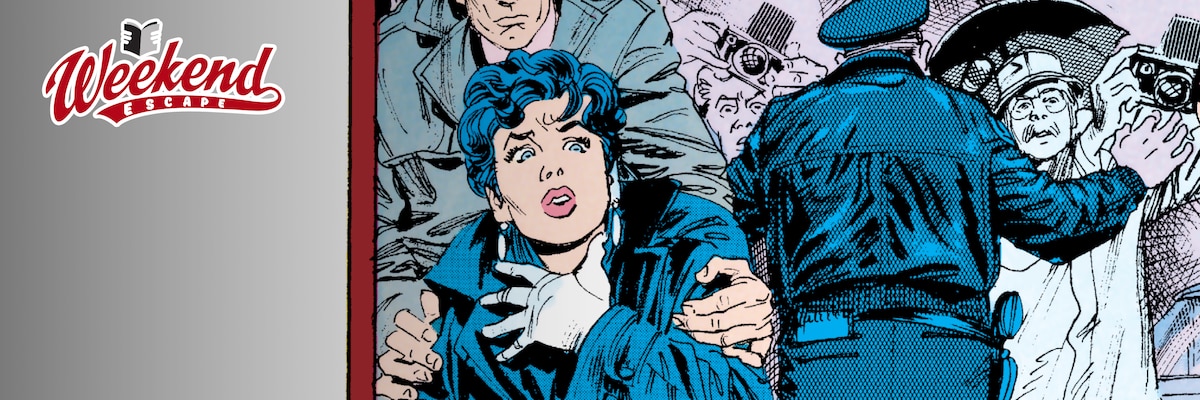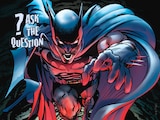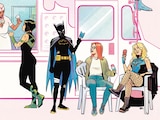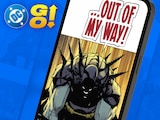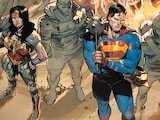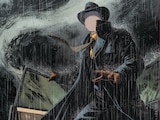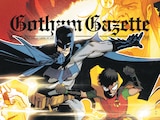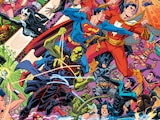Each Friday, we'll be letting a different DC.com writer share what they'll be reading over the weekend and why you might want to check it out. Here's this week's suggestion for a perfect Weekend Escape!
The Summer of Superman is here, which means we’re celebrating some of the greatest stories starring the Man of Steel and his allies. When it comes to Superman characters, they don’t get more iconic than Lois Lane. She’s more than a love interest—she’s an intrepid journalist who is one of the most important characters in the DC Universe.
Lois Lane, a 1986 limited series, is a lesser-known drama that serves as one of the character’s finest moments. It’s a mature, grounded story showcasing the character’s journalistic skills, her thirst for justice and her heart. The storyline, sometimes cataloged as Lois Lane: When It Rains, God is Crying, isn’t always easy to find, but it can be read digitally on DC UNIVERSE INFINITE. The story is also collected in the DC’s Greatest Detective Stories Ever Told trade paperback collection.
TW: The limited series and this article contain discussions about child abduction and exploitation.
THE PREMISE:
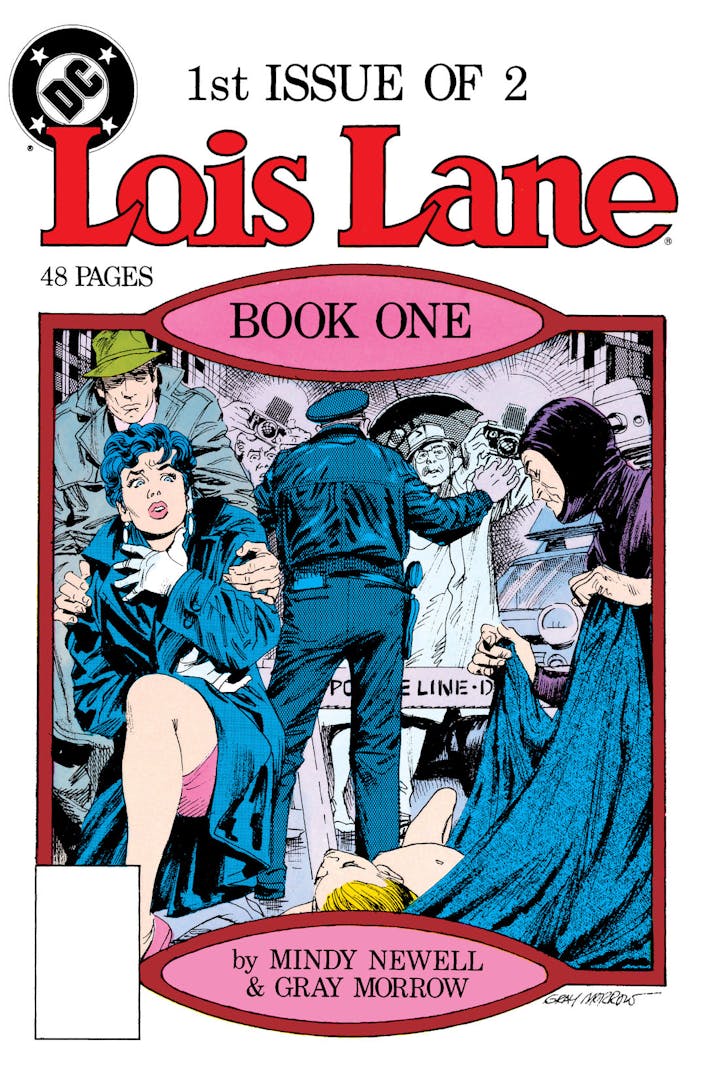
Lois Lane was published in 1986, shortly before John Byrne’s The Man of Steel rebooted Superman’s continuity. During this era, Lois had fallen on hard times. Her career at the Daily Planet had taken a hit after she botched an important Middle East interview. After years of discussing marriage, Lois had called it quits with Superman, believing their relationship had hit a dead end. In response, Clark had begun dating Lana Lang in his civilian identity. Lois’s relationship with her sister Lucy was also estranged, ever since she briefly joined the 100 criminal organization.
The story begins when the Metropolis Police Department find an unidentified child’s body in the harbor. Lois is horrified and is determined to solve the mystery behind the victim’s identity and how she died. As she digs deeper, she uncovers an epidemic of missing children nationwide and is determined to shine a light on it. However, Lois’s quest for justice causes her to clash with Daily Planet City Editor James McCullough. Her obsession also concerns her friends, including her sister Lucy, who has returned to Metropolis to patch things up.
Nevertheless, Lois persists. However, she soon learns that not all stories have happy endings.
LET’S TALK TALENT:
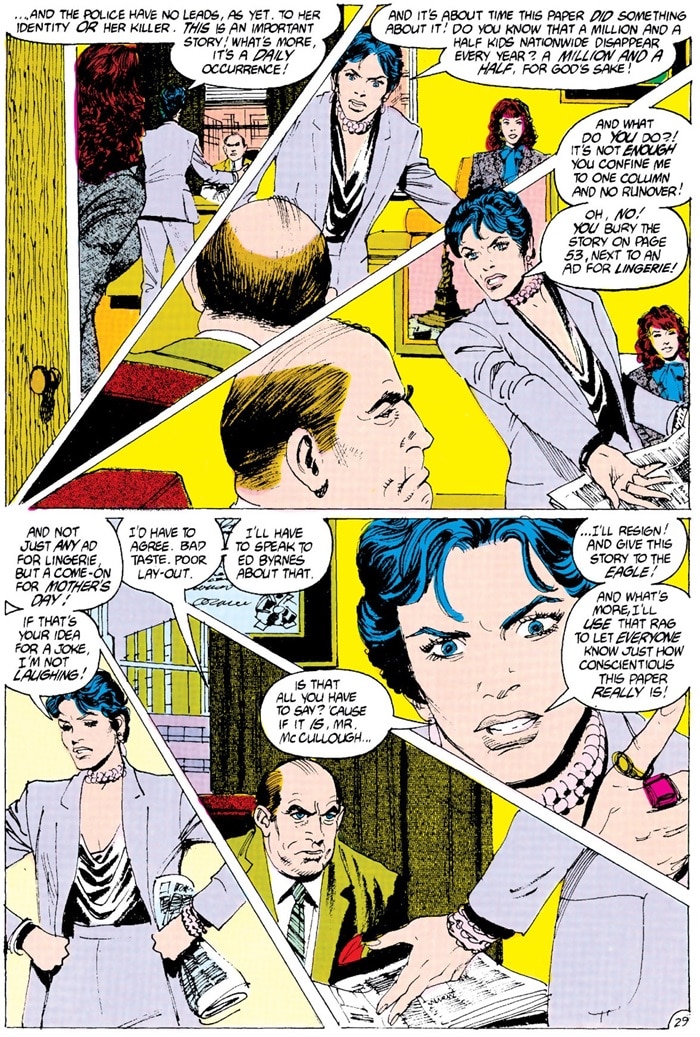
Lois Lane is written by Mindy Newell, one of DC’s first notable female writers. Newell proves herself to be a gifted scribe, crafting a powerful story that pushes Lois to the limit. Newell tackled this story in a similar spirit to that of her subject, interviewing law enforcement officials, health care workers and victims for research. The comic is character driven, and Newell delivers some dramatic moments for her cast, including a scene between Lois and Lana which might be the best-written exchange the two characters have ever shared in their entire history. (Yes, it’s that good.)
The limited series is penciled by Gray Morrow, a versatile artist who gives the book a grounded and gritty look. Take a look at the cover for issue #1 and you can see just how powerful Morrow’s artwork is. We see Lois reacting in horror as she sees a young victim’s corpse. There’s so much going on with the image, between the police, the crowd, Lois and the victim. Without any dialogue, Morrow sets the mood and tells a powerful story with just one image. And that’s just the cover! Needless to say, the human drama he illustrates throughout the rest of the limited series is just as stunning.
A FEW REASONS TO READ:
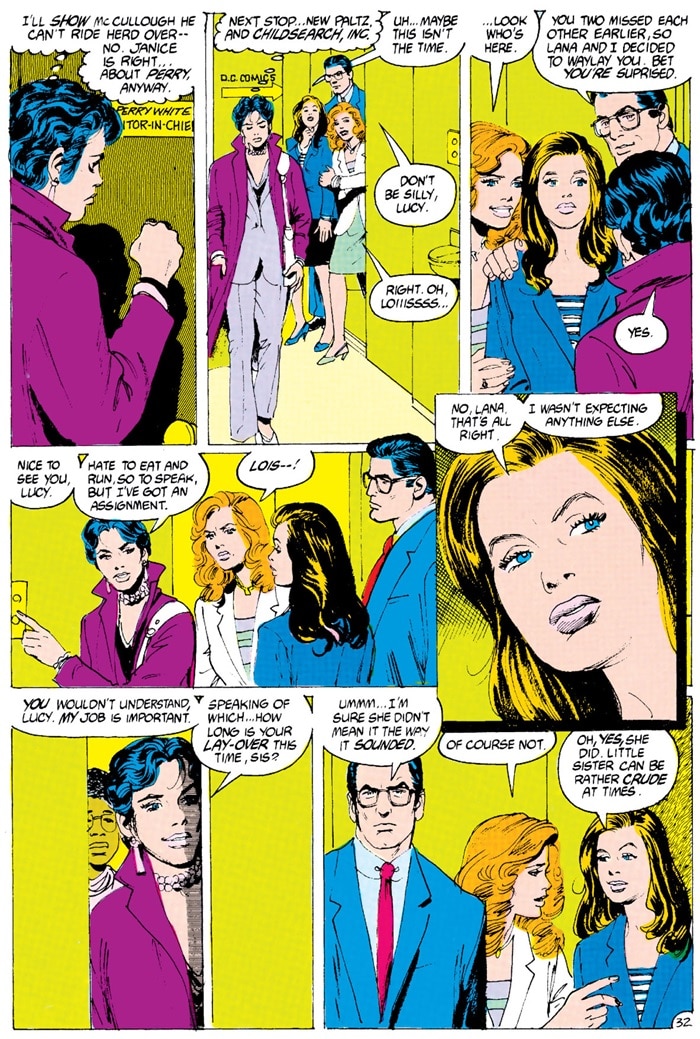
- Lois Lane was published in 1986, the same year as The Dark Knight Returns and Watchmen. I’m not being hyperbolic when I say that Lois Lane is a literary classic that stands shoulder-to-shoulder with those titles. My DC.com colleague Rosie Knight recently made the same observation.
- Clark Kent is a regular presence in this storyline, but we never see him suit up as Superman. Not only does this help the book feel more grounded and realistic, but it also shows readers that Lois is a strong enough protagonist to anchor a book without the Man of Steel.
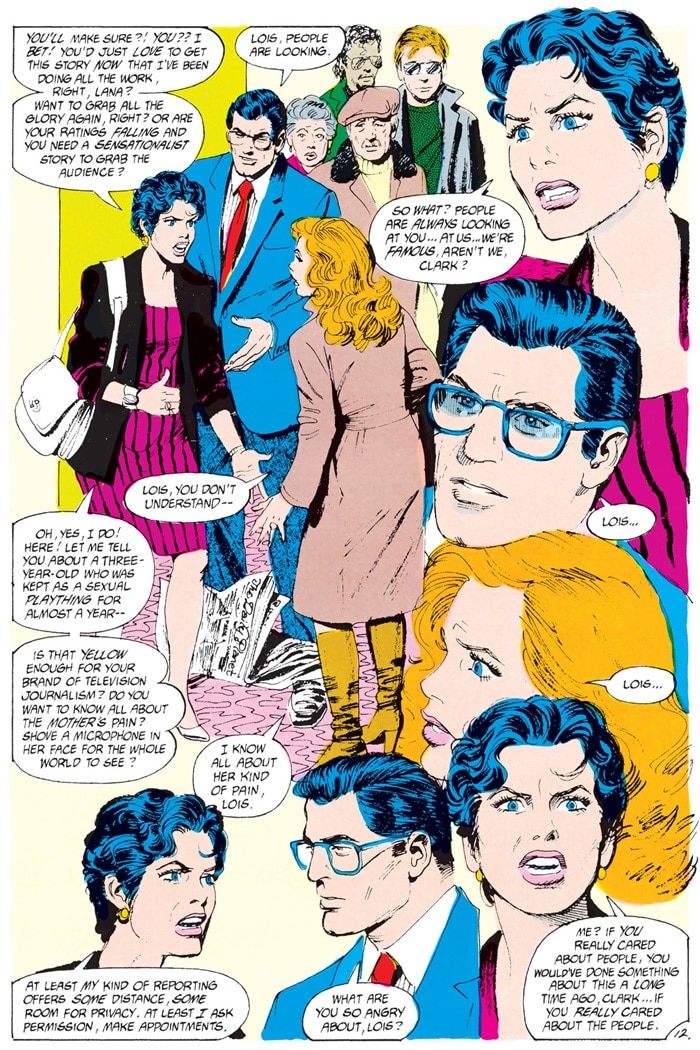
- Although it was published years before the television series premiered, at times this storyline feels like an episode of Law & Order: Special Victims Unit. If you’re a fan of those types of television dramas, you’ll love this comic.
- This storyline reveals what happened to Lana during the period in the Bronze Age when she disappeared to Europe. The answer is tragic, and the moment where it’s uncovered leads to the most powerful Lois and Lana moment ever written. (Again, I’m not kidding).
- The story doesn’t pull any punches when it comes to the subject matter. I won’t spoil everything about the ending, but I will say that Lois never finds out the identity of the harbor victim and never learns how they died. This is a reminder that real life doesn’t always get happy endings or resolutions. It’s a bold and realistic choice for an ending, and the book is better for it.
WHY IT’S WORTH YOUR TIME:
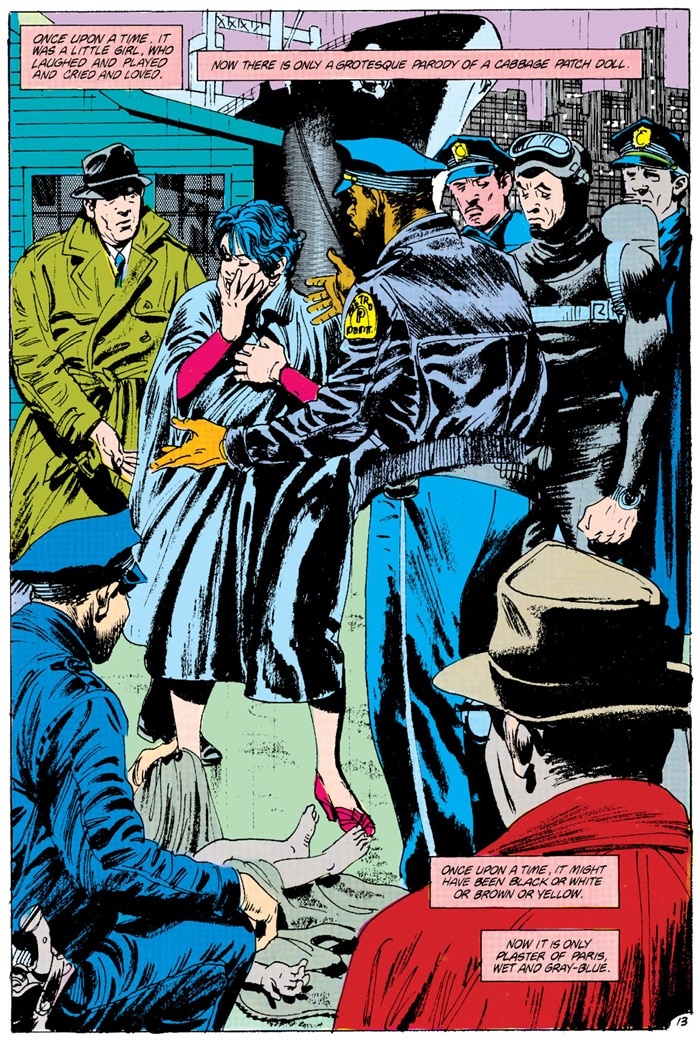
Mindy Newell and Gray Morrow’s Lois Lane is nearly forty years old, but it’s held up remarkably well. I won’t mince words, there will be times when the book makes you uncomfortable, but that’s the idea. Lois Lane deals with important issues that need to be spotlighted, and it doesn’t pull any punches. While the subject matter may feel bleak, the limited series isn’t without hope. Lois Lane demonstrates how people can make a difference, and how to rebuild after trauma.
Lois Lane might be set in the DC Universe, but it’s a story without capes and superpowers. It’s a grounded story ripped from the headlines. It’s also a reminder that Lois Lane is no damsel in distress—she’s a woman who uses the power of print to make the world a better place. Lois Lane is an underrated prestige classic. It’s a perfect example of how you can tell a serious, tragic story using the Super-Family while still staying true to their ideals and far too few people have read it. This weekend, let’s start changing that.
Lois Lane by Mindy Newell and Gray Morrow is available in bookstores, comic shops, libraries and digital retailers as a part of the DC’s Greatest Detective Stories Ever Told softcover collection. It can also be read in full on DC UNIVERSE INFINITE.
Joshua Lapin-Bertone writes about TV, movies and comics for DC.com, is a regular contributor to the Couch Club and writes our monthly Batman column, "Gotham Gazette." Follow him on Bluesky at @joshualapinbertone and on X at @TBUJosh.
NOTE: The views and opinions expressed in this feature are solely those of Joshua Lapin-Bertone and do not necessarily reflect those of DC or Warner Bros. Discovery, nor should they be read as confirmation or denial of future DC plans.
